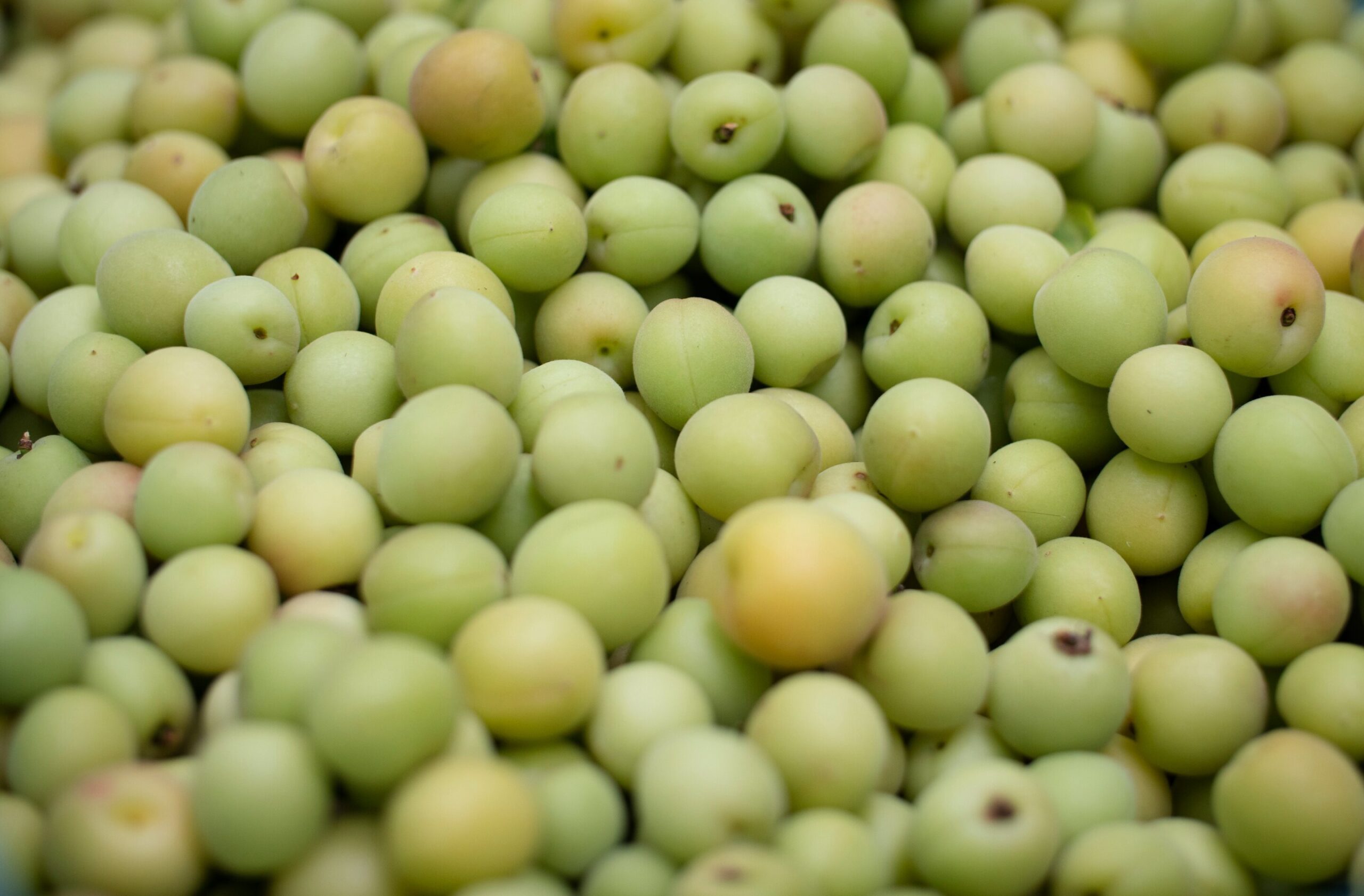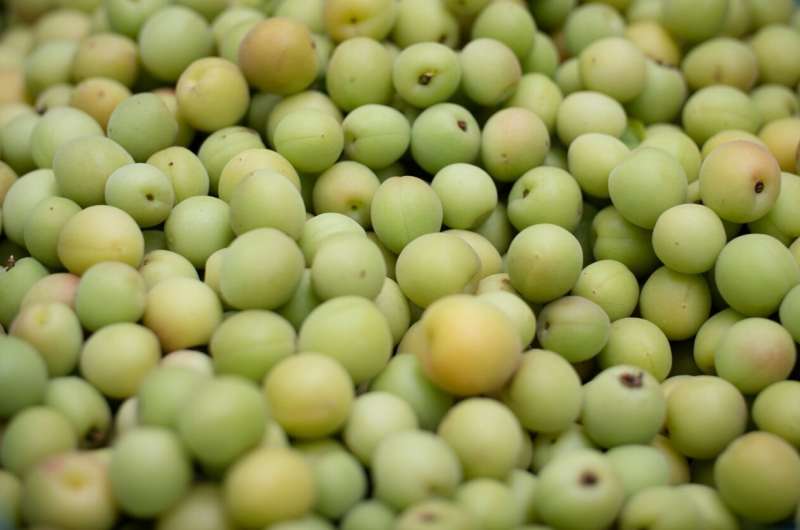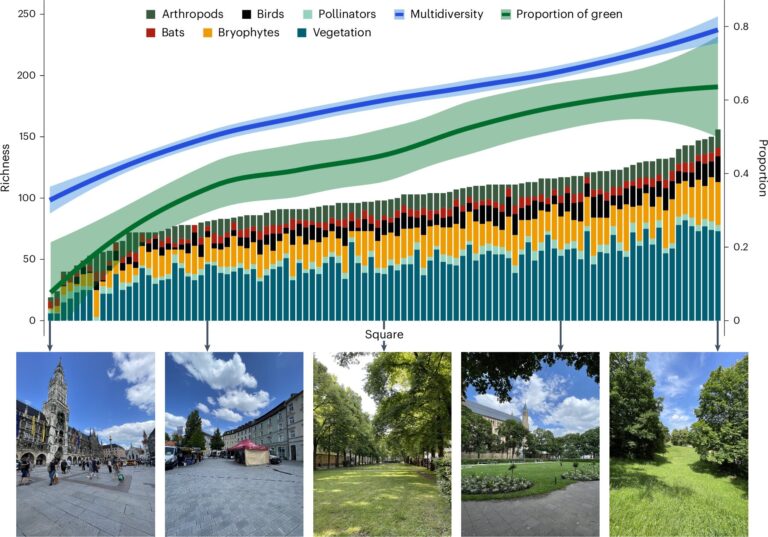

To coincide with Australia’s National Reconciliation Week, ANSTO is sharing research published recently in the journal Food Control that confirms fraudulent Kakadu plum extracts are in circulation online and in the international marketplace. Kakadu plum is an endemic Australian fruit, and current production is largely wild-harvest, from northern Australia, a large proportion of which is produced by Indigenous Australians.
An approach to validate provenance developed by ANSTO and partners could be used to safeguard authentic Kakadu plum extracts and help protect the industry in the international marketplace.
Ongoing research in association with the Northern Australian Kakadu Plum Alliance (NAAKPA), which represents Aboriginal-owned producers in the Northern Territory and Western Australia, and is enabling genuine producers to have oversight of the sector and protect the industry.
NAAKPA provided the genuine samples for the study, welcomed publication of the findings that confirmed suspicions and provided scientific evidence of fraudulent products in circulation in the international marketplace.
ANSTO has been generating distinct signatures, known as iso-elemental fingerprints, for individual growers in the Alliance. A fingerprint, based on the isotopic and elemental profile, is unique to a specific location and varies even between adjacent harvest areas. The data is being added to a reference database to help identify where fruit comes from in the future. The technology has also been used to validate extracts produced from their ingredient Kakadu plum fruits.
In this study, investigators used stable isotope analysis and X-ray fluorescence elemental profiling to evaluate the authenticity of 13 commercially available Kakadu plum powdered samples purchased online from Australian and overseas suppliers, and compared them against four powdered samples directly provided by First Nations harvesters.
All the overseas supplied powders in the study were fakes, not derived from Kakadu plum. The signature of isotopic carbon (δ13C) was a key determinant in distinguishing between Australian and overseas-supplied Kakadu plum powder.
“Various food provenance techniques exist; however, many are impractical because of testing costs, and concerns about timeliness and accuracy. Testing regimes are also very specific as each resource has different characteristics. The analysis suggests that our iso-elemental technology is a useful technique for determining fraud in the supply chain,” said Dr. Mazumder.
Lead author Mariel Keaney was supervised by Prof. of Environmental Sciences Neil Saintilan of Macquarie University, where she was studying, and Dr. Mazumder and Food Provenance team at ANSTO.
The interest in Kakadu plum extracts is driven by the fruit’s high levels of vitamin C and other antioxidant compounds and its uses in the nutraceutical and cosmetics industries. The Kakadu plum sector is an emerging Australian industry and is an important economic and cultural asset for Indigenous communities across northern Australia. The market value of Kakadu plum in Australia is expected to rise from $1.6 million to $3.5 million by 2025 due to its health benefits and versatility.
“The application of science-based traceability method will help to protect the emerging Kakadu plum industry and ensure the benefits of commercialization are enjoyed by First Nations communities,” said Paul Saeki, CEO, NAAKPA.
More information:
Mariel Keaney et al, Authenticating genuine Kakadu plum (Terminalia ferdinandiana) powders from fakes using stable isotope analysis and elemental profiling, Food Control (2024). DOI: 10.1016/j.foodcont.2024.110468
Provided by
Australian Nuclear Science and Technology Organisation (ANSTO)
Citation:
Research confirms fraudulent Kakadu plum extracts circulating online and in international marketplace (2024, May 31)
retrieved 31 May 2024
from https://phys.org/news/2024-05-fraudulent-kakadu-plum-circulating-online.html
This document is subject to copyright. Apart from any fair dealing for the purpose of private study or research, no
part may be reproduced without the written permission. The content is provided for information purposes only.




